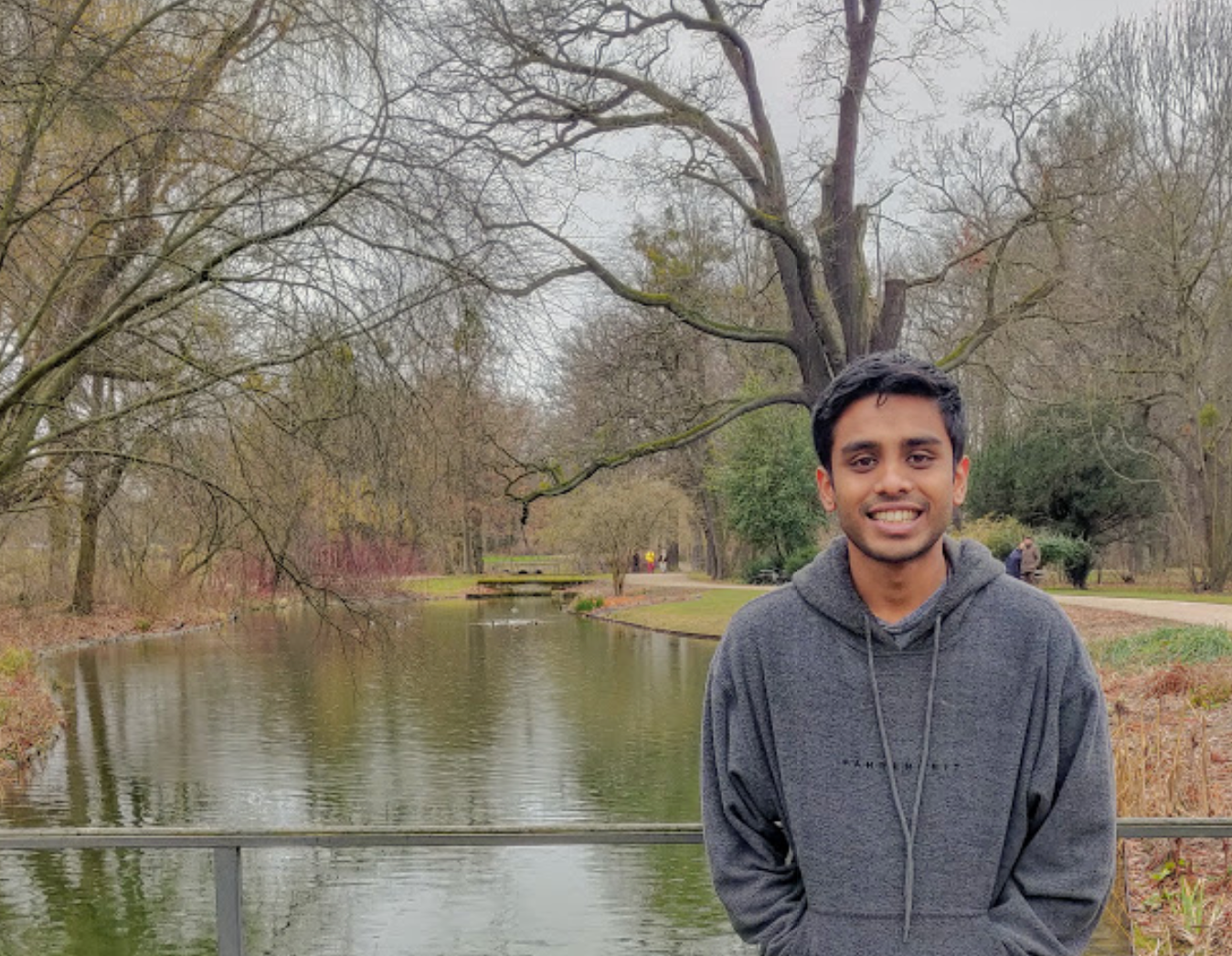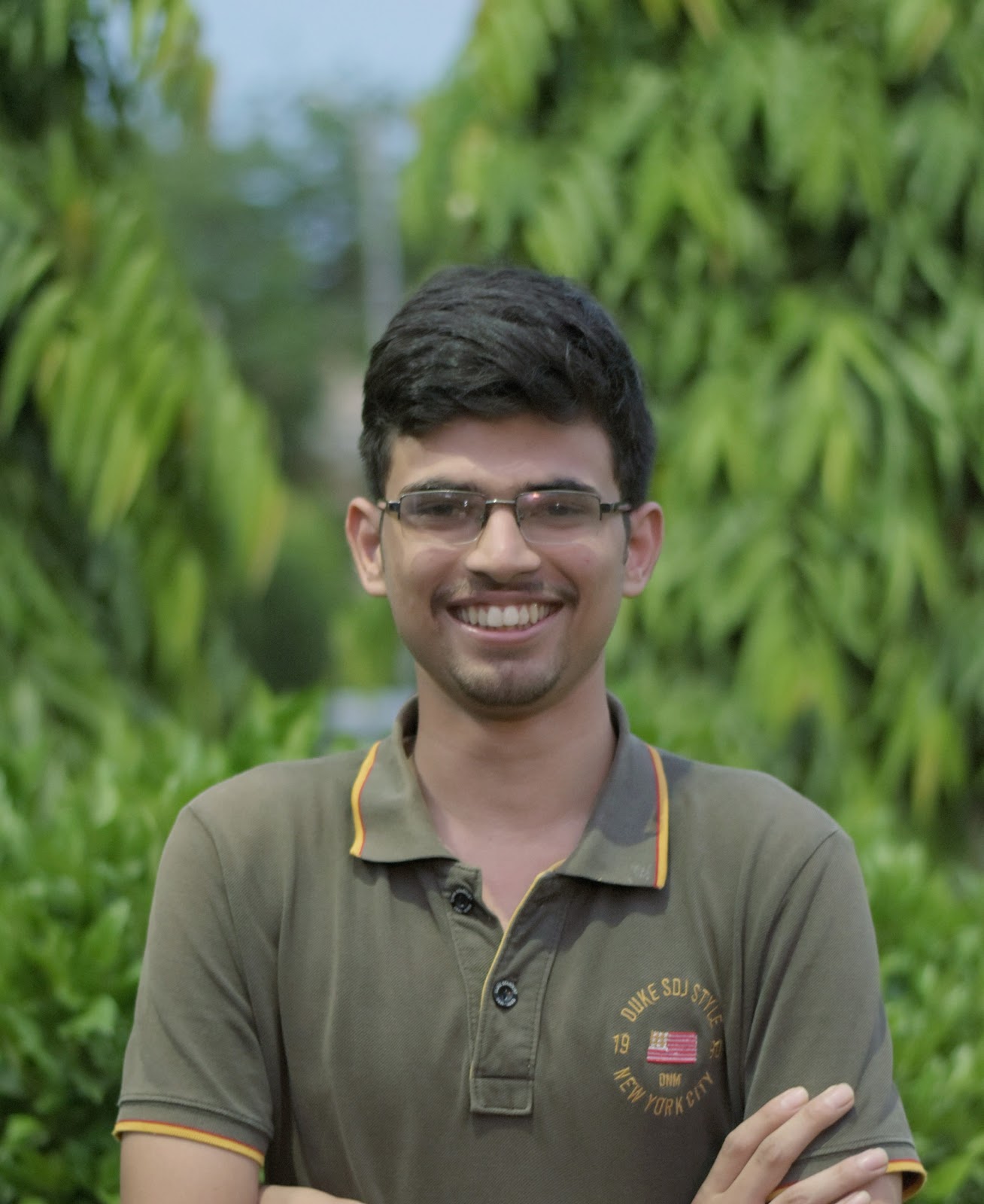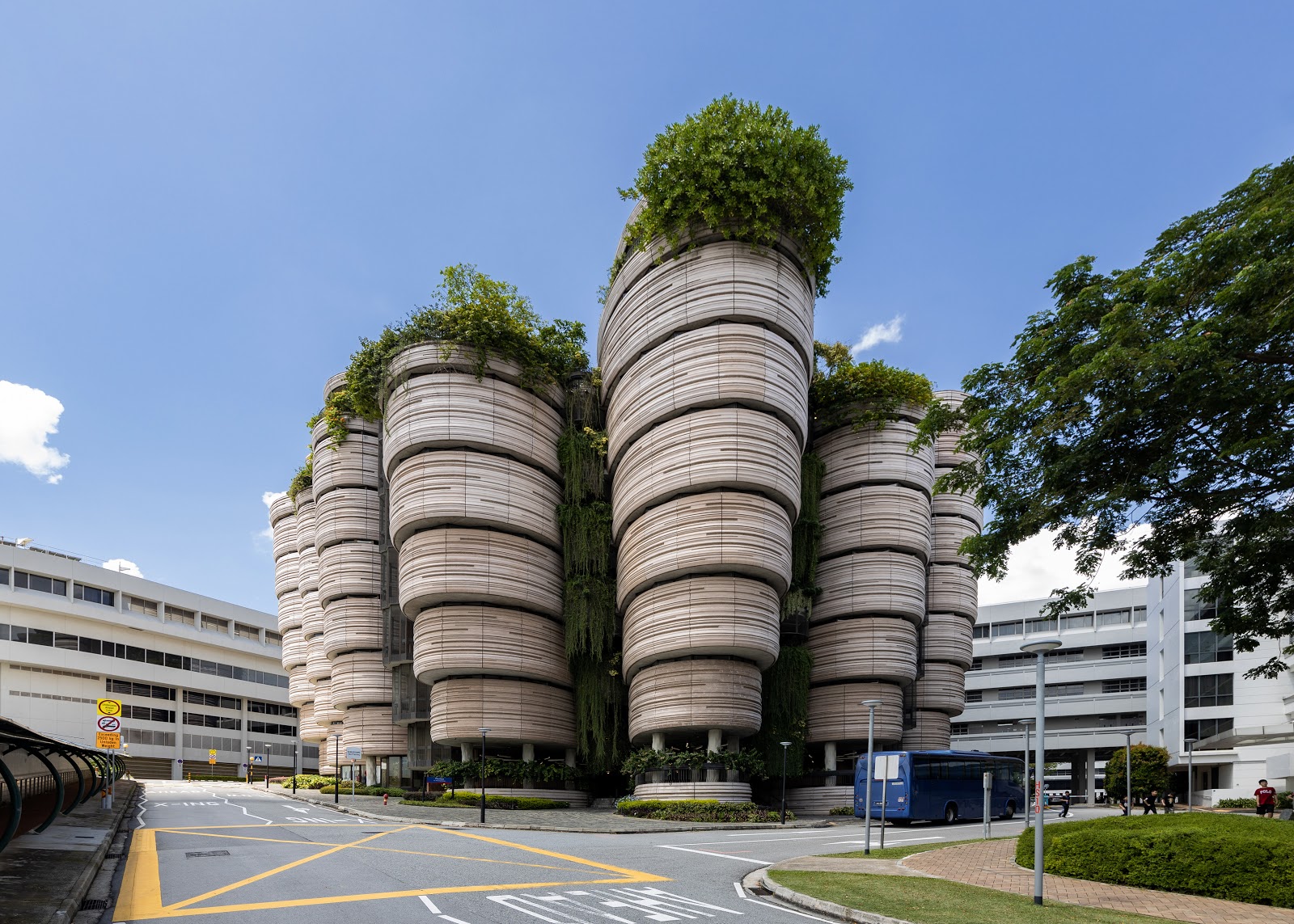

Body of IITR

I recently did my 9-week summer internship remotely at NTU Singapore. In this article, I will be summarising how I got there and my experience during the internship.
My interest in the research field developed during my 2nd-year internship at SPARK, IITR. I worked in the domain of Computational Mechanics for the analysis of inflatable membranes used in space structures. I had a good experience and wanted to explore more in the research field. I had in mind from the start of the internship season that I wanted to do a research internship, and I had a decent research experience to back that up. I also applied for some core R&D profile companies, but had no luck there.

I applied for the specific internship programs DAAD, Mitacs, and NTU-India Connect. I also mailed professors working in the domain of my interest in some of the top universities in Europe. I got selected for the NTU-India Connect program and also for Summer Fellowship at EPFL, Switzerland. I’ll give a brief about how I got selected in both the universities.
I started mailing from the start of October and sent personalised emails to about 30-40 professors. I glanced at their recent work and mentioned how it relates to my interests in the mails. I got a few replies pertaining to lack of funding, no openings, etc., but it was good that they were giving time to read my application, and I kept going. A professor from EPFL showed interest and scheduled an interview with me in January. It went great, and he was willing to take me for a summer internship. He couldn’t provide me with funding, so he asked me to apply to one of their internship programs, the EPFL Excellence in Engineering (E3) fellowship, for funding. In the application, I had to submit a Statement of Purpose (SOP), (which I had already prepared before I started mailing), my resume, transcripts, and the choice of Labs where I wished to work. I got through the preliminary screening, after which the professor selected me. I came to know afterwards that many good universities had similar internship programs for international students. Knowing them beforehand could be of great help to the students, so I would advise you to do your research and always look for new opportunities.
In NTU-Connect, we had a similar procedure. Here, we had to first get recommendations from the institute before applying. The application requires three project choices (out of about 25 in Mechanical Engineering), a list of our achievements/projects, two Letters of Recommendation, transcripts, and any additional documents we wish to add. Here, I attached my 2nd-year internship project report, and I suggest other applicants to prepare a project report of your previous work to increase your chances. I was directly selected for the program, though one might expect an interview screening as some of my friends were asked for the same.
The key for selection that I found in NTU as well as in other programs such as Mitacs, apart from the usual suspects such as academics and research experience, was project selection. You have to select a project that most fits your interests and previous works. If you don’t have any prior experience, you have to present yourself to be extremely enthusiastic about the field of work you chose in your SOP.
Among the two programs, I was willing to do the Swiss internship mostly due to the chance to visit Europe, as the projects were almost on the same line. But COVID happened, and the Swiss internship got cancelled while the NTU Programme got postponed indefinitely. I couldn’t do anything about the Swiss internship, but as we were supported by the institute in the NTU-India Connect program, I asked the International Relations Office to help me get it done remotely, and they did so. I am incredibly grateful for them as well as my project supervisor’s support for making it happen in these tough times.
Though my project was both experimental and analytical, we had to drop the experimental portion, and I worked only on the Simulation part.
My project was in the broad domain of Computational Mechanics and Finite Element Method in the School of Mechanical and Aerospace Engineering, NTU Singapore. The aim was to prepare a robust model for the static and dynamic compression analysis of materials with random geometrical imperfections. In the previous studies, the simulation results were highly inconsistent with the actual experiments due to various defects present in the setup and specimen. My work aimed at modelling those imperfections that could happen in real experiments and bridging the gap between numerical models and actual tests.
Initially, my supervisor didn’t have many expectations from me as we were not in direct contact, and he thought much productive work couldn’t be done in the current situation. But the project progressed well with continuous support and guidance from him. Since I was working from home, the time of work was relaxed. We had regular meetings, and he was very friendly and supportive. I completed the project under the time constraints, and I am still in contact with my supervisor as we are currently working towards a publication of that work.
Overall, I had a good experience. Though there were setbacks due to COVID and I couldn’t get the chance to travel abroad, the work was unaffected due to it. I was able to work productively as per my comfort and learned a lot that will help me in my career.
For students who wish to apply for research internships, here are some tips: